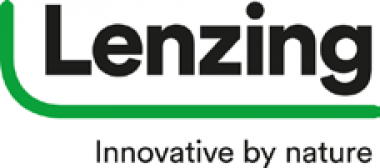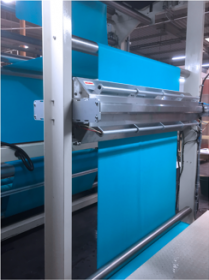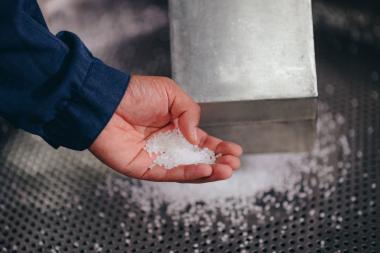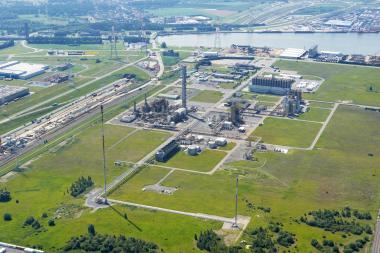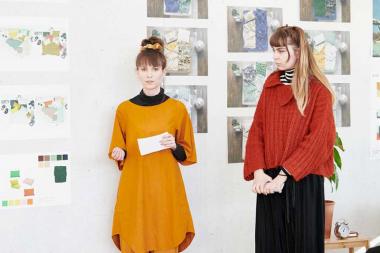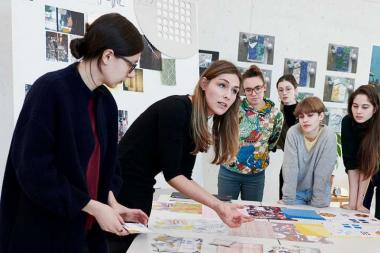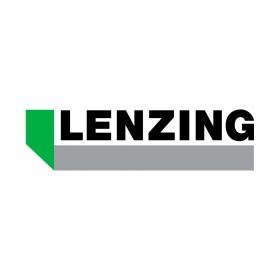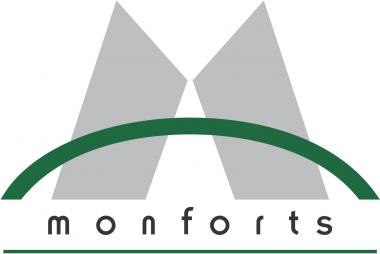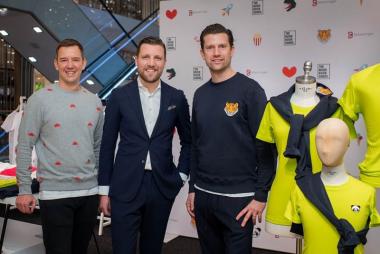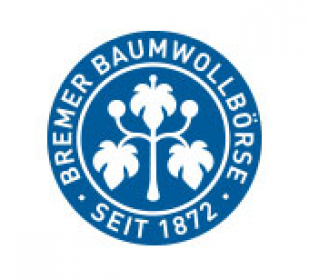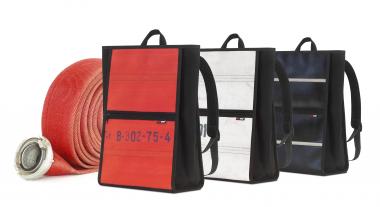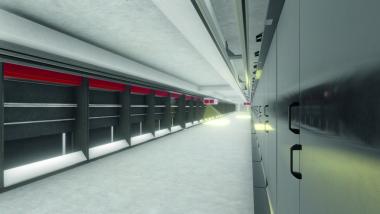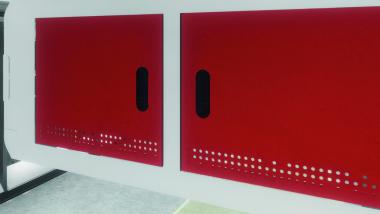SGL Carbon: fiscal year 2019
Diverging development in the two business units impact fiscal year 2019 of SGL Carbon – Group guidance for 2020 confirmed
- Consolidated sales revenues in fiscal year 2019 up by 4 percent to around 1.1 billion euros
- Consolidated recurring EBIT down by 25 percent to 48 million euros; record results of graphite specialities business did not fully compensate for the weak development in the carbon fiber business
- Composites – Fibers & Materials (CFM): Cyclical und structural weaknesses impact the result of the market segments Wind Energy, Textile Fibers and Industrial Applications, which have limited strategic significance in the medium term
- Graphite Materials & Systems (GMS): Sales and earnings on record level due to strong growth in the market segments Semiconductors and Automotive
- Non-cash impairment charge of around 75 million euros was recorded at CFM in the third quarter of 2019
- Free cash flow significantly improved
- Issue of a new corporate bond and early redemption of the 2015/2020 convertible bond has significantly improved the maturity profile
- SGL Carbon confirms guidance for fiscal year 2020: sales expected slightly below previous year; recurring EBIT approximately 10 to 15 percent below previous year level
- Dr. Michael Majerus, Spokesman of the Board of Management of SGL Carbon: “The financial development of the fiscal year 2019 conceals the fact that our strategic orientation is correct. This is evident from our growth and the increasing number of contracts and projects we acquired in our strategic core markets. Main drivers are the topics of sustainable mobility and energy as well as digitization. Therefore, we expect that we can grow our consolidated revenue by a mid to high single-digit percentage per year on average between 2020 and 2024.“
The fiscal year 2019 developed very differently in the two business units of SGL Carbon. The record results in the graphite specialities business could not fully compensate for the weak development in the market segments Wind Energy, Textile Fibers and Industrial Applications in the carbon fiber business. Group sales grew by 4 percent to 1.1 billion euros. Recurring Group EBIT declined by 25 percent to 48 million euros. Due to the ongoing weakness in the market segments Textile Fibers and Industrial Applications the business unit CFM recorded a non-cash impairment loss of 75 million euros in the third quarter of 2019. With minus 90 (prior year: plus 41) million euros, consolidated Group result declined significantly compared to last year’s good results. The Group confirms its guidance for 2020 published in October 2019.
Group sales are expected to decline slightly compared to the prior-year level, whereas Group recurring EBIT is expected to reach a result around 10 to 15 percent below the prior-year level. Consolidated net result of the Group in 2020 should strongly improve compared to prior-year level to a low double-digit loss.
SGL Carbon
SGL Carbon




